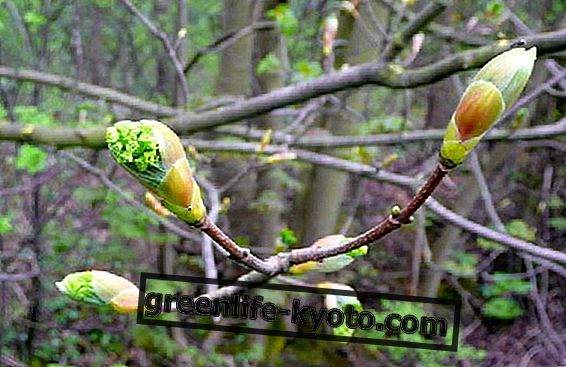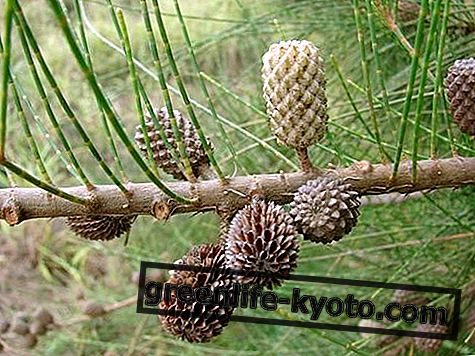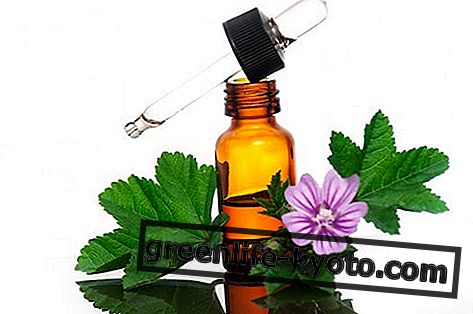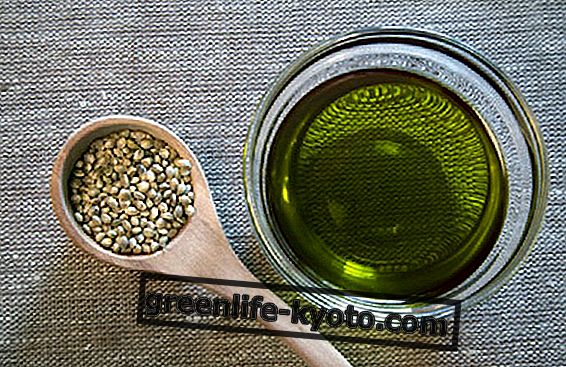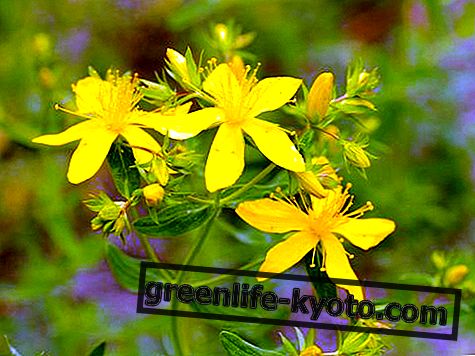
Where Chinese red tea comes from
Chinese red tea, also called Pu-Erh, is a post-fermented tea that is produced in the southern Chinese province of Yunnan, on the border with Tibet. Many years ago, in fact, the leaves of this tea, westernly renamed red, grew spontaneously in Kunming, the capital of Yunnan.
Chinese red tea is actually a black tea for the Orientals, which is classified as post-fermented because it undergoes a long process of processing: the leaves, after being fermented, are reburied again and re-fermented a second time, stored in water limestone caves, typical of the Yunnan region. THE
In some cases, the permanence in the caves of red tea leaves, lasts even 60 years and when they come out they are, like a good wine left to ferment, definitely prized!
Green and red rooibos: properties and benefits
The properties of Chinese red tea
Thanks to the long and complex fermentation, Chinese red tea develops particularly reconstituting properties and, like many other teas, also slimming, or fat burners and able to accelerate the metabolism.
Chinese red tea is therefore particularly suitable for those with stomach problems, high cholesterol, overweight, and is also useful for people who suffer from weakness or for those who are physically weakened. It also purifies the blood. Chinese red tea is a tea with a low content of theine, so it can be consumed even in the evening, with its intense red color and unmistakable taste of damp wood.
The names of Chinese red tea
You may have read about "Kunming red tea", a tea that is sold and marketed in Europe, promising miraculous effects: in reality it is a fancy and all-western name, because in China there is no tea with this denomination! In China they are instead the Pu-Erh teas are well known, very famous for their medicinal properties, as seen, especially in case of digestion problems and high cholesterol.
Among the main red teas on the market there are: Hunan Red Tea, Lao Qing Cha, Sichuan Bian Cha, Liu Bao San Cha, Yunnan Pu Erh, Bai Zhen Jin Lian, Gong Ting Pu Erh, lo Yung Jian Pu Erh, Da Ye Pu Erh.
